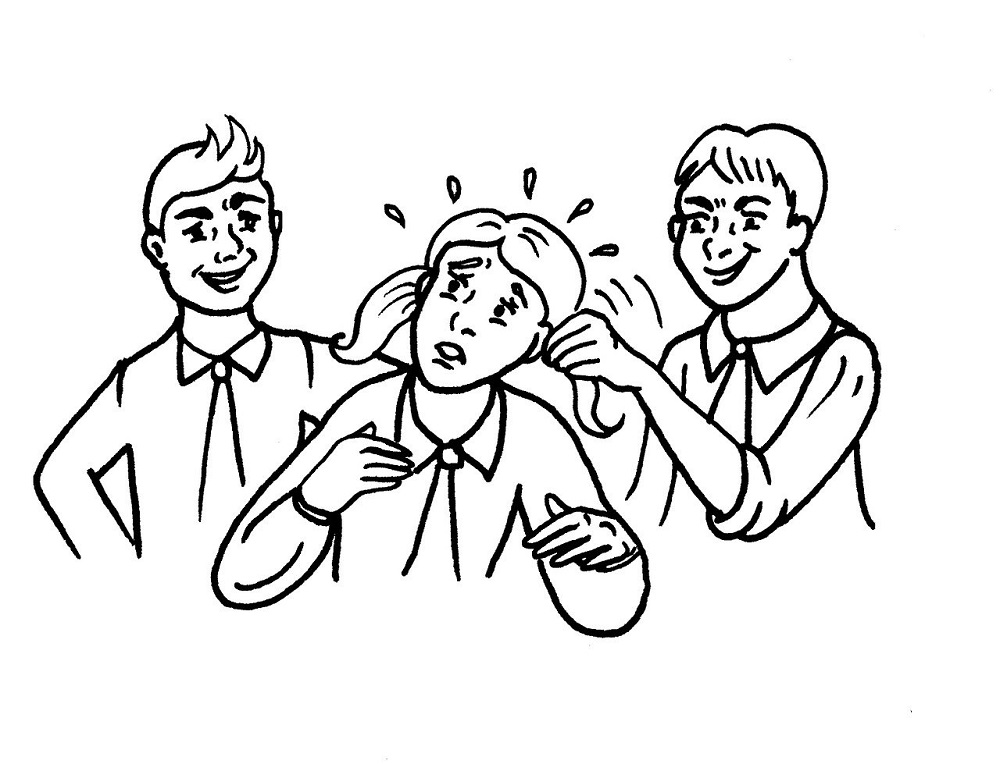By Ife Olusegun
Posted on November 19, 2021
Introduction
Gangs, especially youth gangs, are not a new phenomenon in Canada. The first recorded research on gangs in Canada happened in 1945 conducted by researcher Kenneth Rogers. He carried out a study concerning juveniles that were involved in street gangs in Toronto. Since then, numerous psychological, sociological and forensic studies have been allocated to youths involved in gangs all over Canada and North America. Public Safety researchers have the intent of using the results from said studies and research as a means to better the development of policies, laws, and systems surrounding youth gangs and their members.
A gang, according to the National Institute of Justice, is a group of three or more individuals who collectively adopt a group identity used to create an intimidating atmosphere. The purpose of the gang is to cause chaos and partake in criminal activity causing violence. In addition, each gang member is “protected” by other members of the same gang, should altercations between different groups arise. There are a number of different types of gangs including (but not limited to): street gangs, prison gangs, outlaw motorcycle gangs and youth gangs. For the purposes of this article, the term “gangs” will be used interchangeably with “youth gangs.” Youth gangs differ from the general “adult” gangs by having their members aged between 12 and 24. Clearly, these are quite young and vulnerable ages. So what does a youth gang look like?
Statistics
As previously alluded to, youth gangs are an organized group of individuals who identify as a group causing violence in the community. Public Safety Canada outlines some important demographics and statistics that are related to youth gangs in Canada. Firstly, youth gangs are not exclusive to big cities, as the media may lead one to believe. Gangs are prevalent in both rural and urban areas in Canada. That being said, due to the significantly larger number of people living in urban cities, the percentage of youth gangs and youth gang members are higher in bigger cities such as Toronto, however, that does not discredit members’ presence in smaller towns as well. Some statistics of youth gangs throughout Canada are listed below:
- Youth gangs in Canada consists of roughly 7000+ members that are divided into over 400+ gang groups.
- Ontario holds the highest number of youth gangs and gang members, having over 3000 youth gang members across 216 youth gang groups.
- 94 per cent of youth gang members identify as male.
- 48 per cent of all youth gang members are under the age of 18.
- The most prominent race of Canadian youth gang members include:
- African Canadians, sitting at 25 percent, followed by
- Indigenous people contributing to 21 percent of youth gang members, and
- 18 percent being Caucasian
In conjunction with these statistics, it is important to recognize the types of violence that gang members carry out, and who exactly their actions affect. Public Safety Canada summarizes some criminal behaviour that is most commonly attributed to gang violence:
- Vandalism of properties
- Drug trafficking
- Robbery
- Assaults with weapons
- Homicides and murder
These offenses do more damage than only hurting the community, they hurt the individual by exposing them to traumatic events leading to mental health problems, and they affect the family of the person in that gang. These offenses also affect the school community and the peers of the gang members, as their activities will harm not only their education, but their relations with the people around them. According to the Government of Canada, youth gang members are more susceptible to falling victim to mental illness, intense aggression and obtaining morally-flawed beliefs.
Despite the harm caused and the negativity surrounding youth gangs, their members are still prevalent in Canadian society. There are still fundamental reasons why young youth are joining gangs.
The psychology behind joining a gang
The question that comes up the most after reviewing these statistics is: “Why are young individuals joining gangs?” A paper titled “Social Psychology of Gangs” written by DaJung Woo et al. (2015) intricately outlines the appeal of becoming a gang member, or being affiliated with one, to a young person. The major theory that is covered in this paper that gives a psychological explanation for why a youth would want to join a gang is called the social identity theory. Social identity is “a person’s sense of who they are, based on their group membership.” Social identity, and the concept of belonging to a particular group is important and natural to human existence. For instance, one identifying as Black, a student, or Muslim each contribute to a shared sense of social identity.
Youth who are curious about becoming a part of a youth gang are, consequently, uncertain about their own social identity, or they have a social identity that is unfavourable to them and are looking to change it. The group of youth who are the most susceptible to feeling either of these two ways are youth who are usually marginalized by their peers, family, or community, either by race, economical status, social status, physical ability, or other factors. For these individuals, the opportunity to join a gang grants them the sense of belonging that they may be missing. Social Psychology of Gangs dives deep into further theories, and would be a great resource for information if you happen to be more interested in this topic.
How to help
It is necessary to not shame young individuals for wanting to be, or being part of a gang and instead, recognize where their social needs are potentially not being met. Individuals, the community and the government can help at-risk youth by participating in and implementing anti-bullying and gang prevention programs in schools and social centres. Youth gang prevention and intervention programs are regularly held by Public Safety Canada, and it is important to bring awareness of these programs in order for them to generally be less stigmatized and more accessible.
For more information on this topic, visit:
Youth Gangs in Canada: A Review of Current Topics and Issues (publicsafety.gc.ca)
Building the Evidence – Youth Gangs
What Is a Gang? Definitions | National Institute of Justice (ojp.gov)
Group of ‘ex-gang leaders’ aims to end Toronto gun violence through youth programs | CBC News


